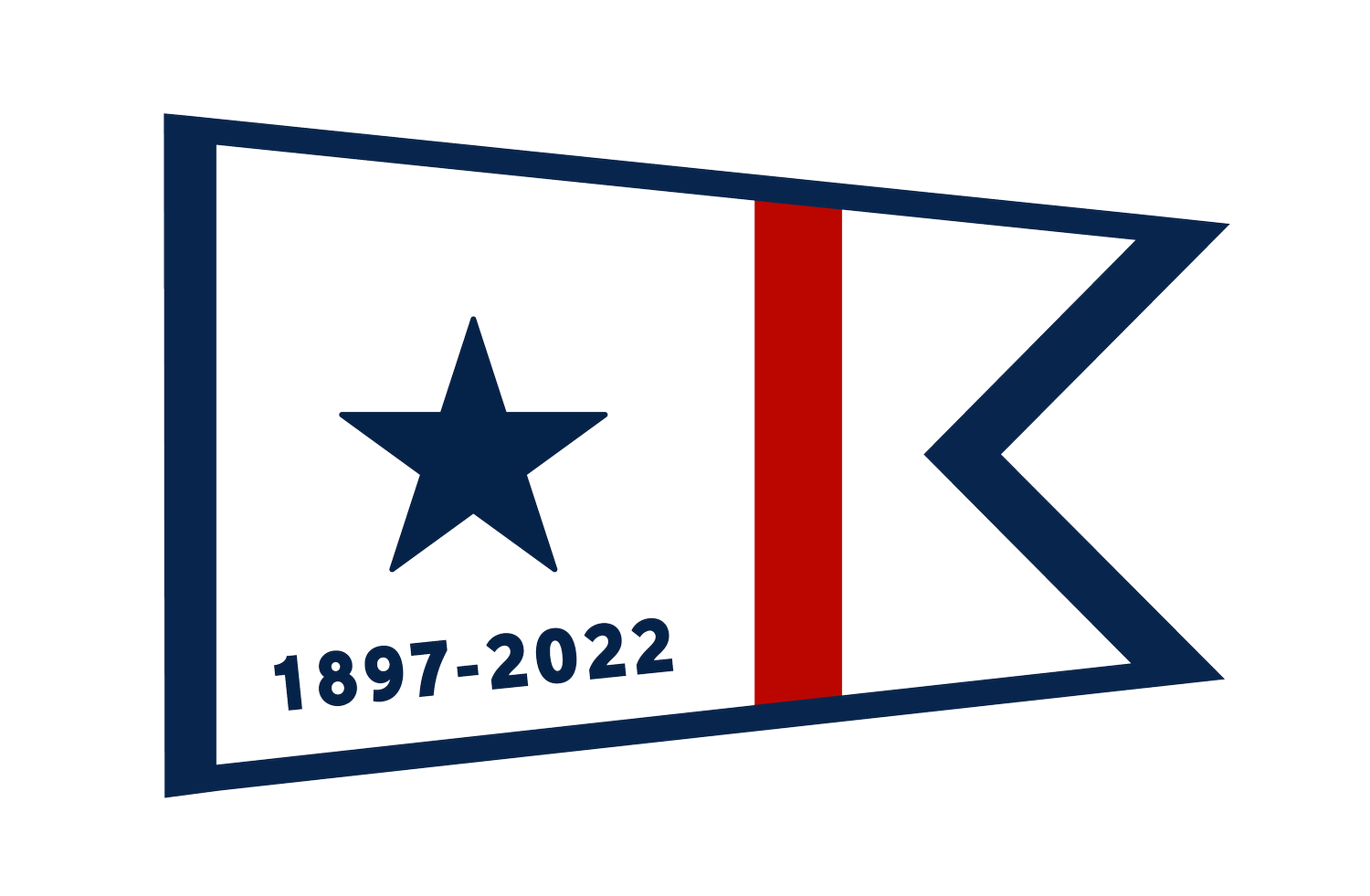Group of students, explorers, scientists experience Everglades expedition that took place over 100 years ago
MIAMI-DADE COUNTY, Fla. – We’re celebrating the 75th anniversary of Everglades National Park.
Recently a small crew of students, explorers and scientists recreated a famous expedition that happened there 125 years ago.
But this was no sightseeing tour.
This was research, to witness and document how this most important natural resource has been impacted by human activity over time.
Just before Halloween, a team of four Florida explorers and scientists set off on an arduous trek that no one had accomplished since American adventurer Hugh Willoboughy became the first non-indigenous person to canoe across the everglades, map it, and collect scientific data along the way back in 1897.
“(Willoughby’s) water analysis provides all of us the baseline water chemistry of the Florida Everglades that everyone has relied on for more than a century,” said expedition co-leader Harvey Oyer.
The team set out to retrace the exact route of original expedition.
They launched their canoes from the mouth of the Gulf of Mexico and up the Harney River, just as Willoughby had done.
Navigating the maze of thick mangroves became their first challenge.
Tracie Baker is an associate professor in the Environmental Global Health Department at the University Of Florida.
“The experience was amazing and exhausting,” she said.
It was her task to collect the identical water chemistry samples Willoughby had, but she was also looking for contaminants not present back then, such as pesticides, pharmaceuticals, forever chemicals, and microplastics.
“We saw so much plastic, single use plastic just floating in the river, we found balloons out in the Everglades, like in the most remote areas. One day, we found six balloons,” she said.
It is not the same Everglades. Less than half of the original ecosystem remains.
Over the past hundred years, humans have sliced and diced it, drained vast acres, diverting its natural flow to make room for agriculture and development.
“We literally cut the kidneys out of the state of Florida, and we wonder why we have dirty water and insufficient water and it’s us,” said Oyer.
The team spent the next three days paddling through thick, razor sharp sawgrass, setting up camp along the way to sleep and eat as they traveled east-north east looking for airboat trails that would lighten the resistance.
By day 5 the historical Everglades were long gone, paved over and built upon. The crew left the slough for the Tamiami Canal that flowed right by the campus of Belen Jesuit Prep School, where they received a hot meal, slept in a classroom, and picked up some academic hitchhikers.
A group of students from an environmental program at the school decided to paddle with the group for the final three days.
Advisor and chemistry teacher Maria Vilberg joined the five students, all thanks to team navigator Charlie Arazoza, a Belen alumnus class of 78.
“Unfortunately, we weren’t able to take them deep, deep, deep into the glades, but we were able to show him the entire canal system from the school out to the bay,” said Arazoza.
It was a hands-on, crash course in conservation.
As they paddled, the Belen students absorbed the history of the Everglades, learning about Willoughby and how to take water samples and collect data.
The canals, the Blue Lagoon Lakes and the Miami River became their classroom.
“We’re going to probably find that we’re more polluted now than 125 years ago,” said Belen junior Nicholas Hernandez. “Just complete disregard of our environment.”
“How we’ve damaged the everglades is really sad and it’s been important to me because we’ve been able to analyze the effects of our actions and how and hopefully be able to correct them with the data we gather,” said Belen sophomore Andrea Lievano.
After seven days and 130 miles, the expedition finally came to end right where Willoughby’s did, in Biscayne Bay, by what is now Bayside Marketplace.
The words of Everglades champion Marjory Stoneman Douglas have never been more hauntingly accurate: “The Everglades is a test. If we pass it, we may get to keep the planet.”
“It’s not all doom and gloom,” said Oyer. “We’ve obviously had a lot of adverse impacts, but I think we’ve learned a lot and we’re doing a lot to correct our past mistakes.”
The results of all the data that was collected is not yet known, as it is still being processed.
The one takeaway that can be confidently shared is that those Belen students walked away forever impacted by what they experienced and have become engaged in the urgent mission to restore our Everglades.
Copyright 2022 by WPLG Local10.com - All rights reserved.
https://www.local10.com/news/local/2022/12/07/group-of-students-explorers-scientists-experience-everglades-expedition-that-took-place-over-100-years-ago/

